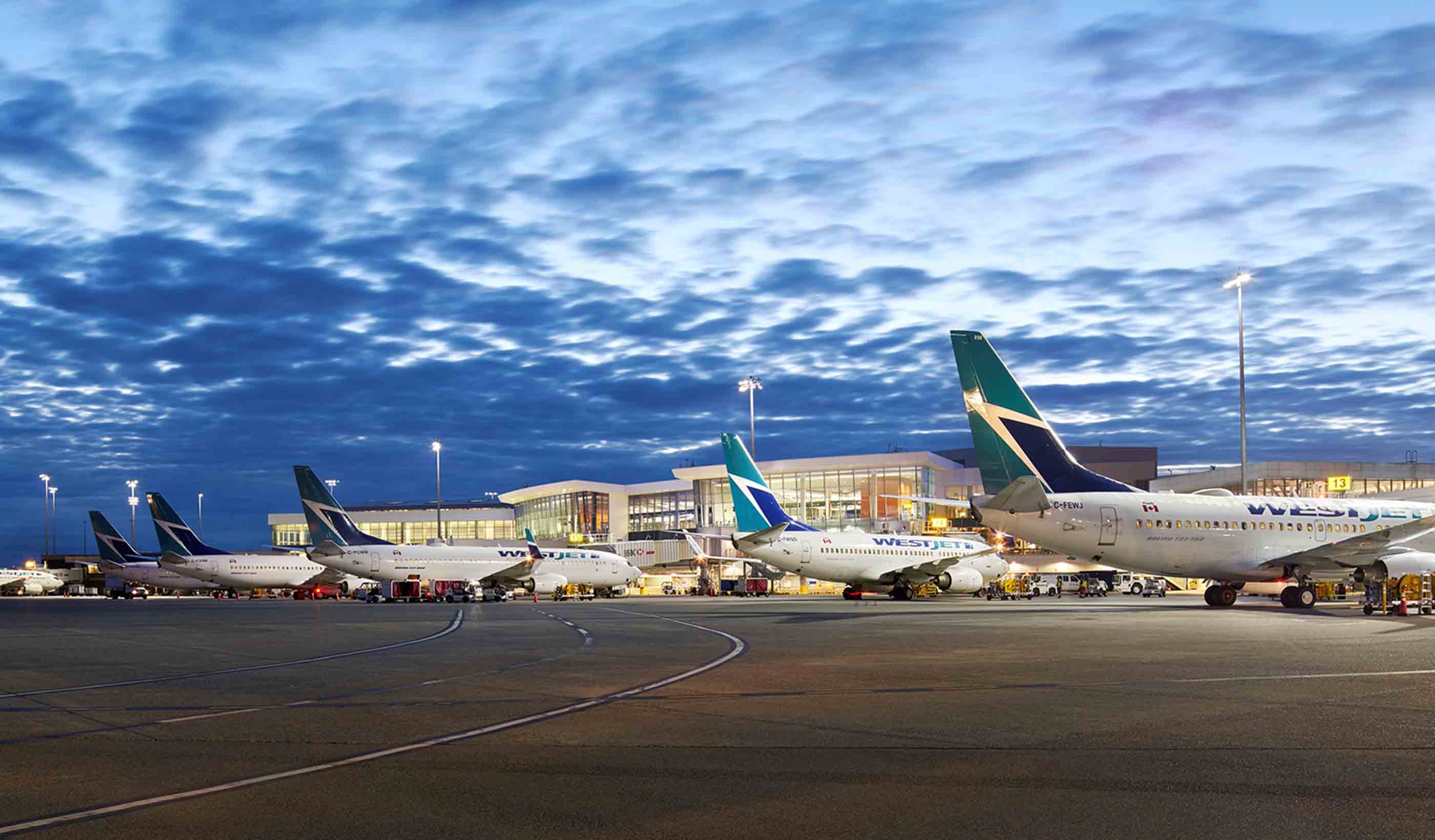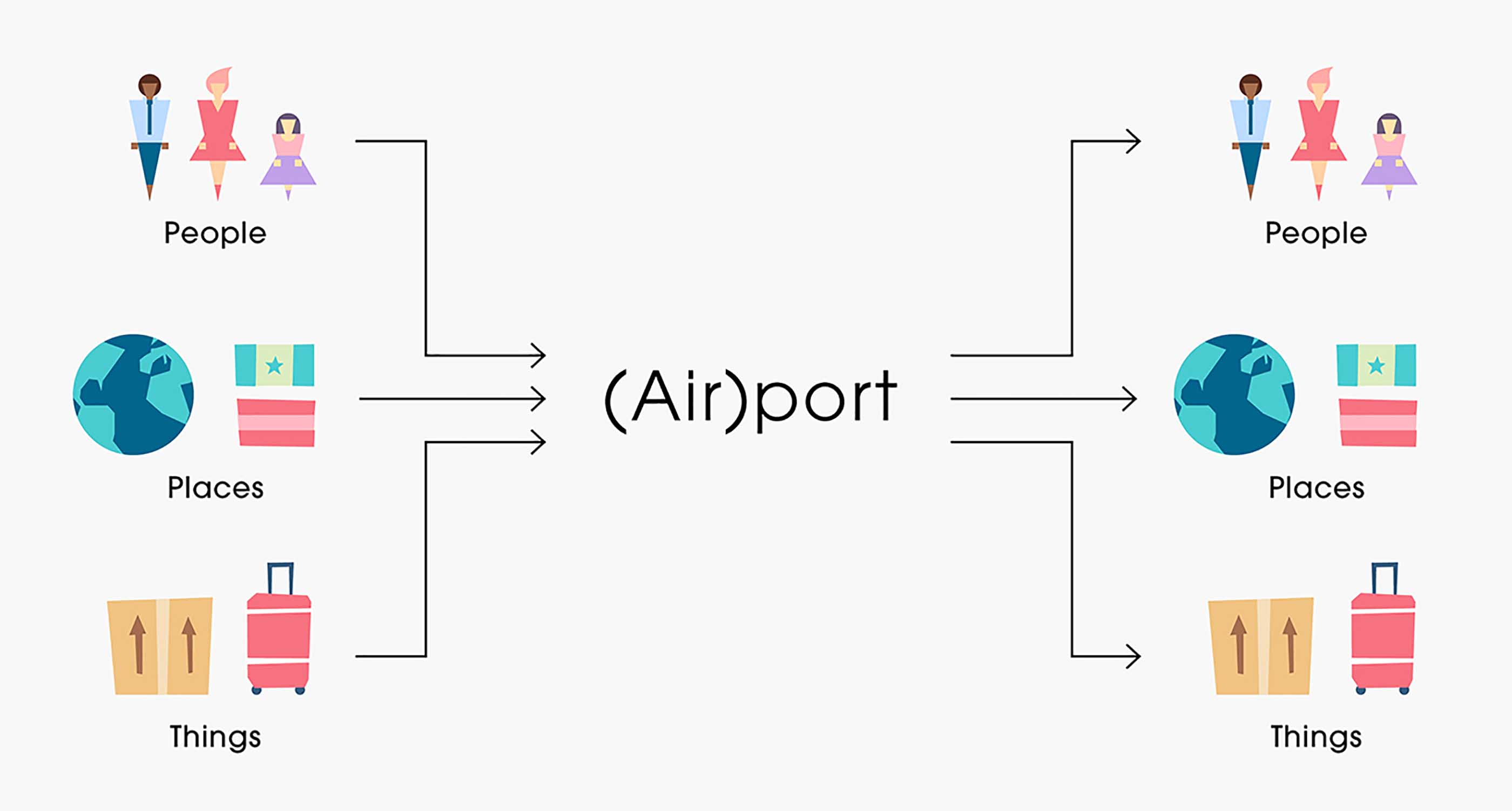Airport traffic collapse—crisis or opportunity? Rethinking the business of airports
May 07, 2020
May 07, 2020
COVID-19 has provided a moment of truth for airports. Here’s why they should use the opportunity to focus on diversification and innovation.
It’s been a difficult time for airports. The COVID-19 pandemic and social distancing measures have severely affected the airport business, with daily traffic down to record low levels. Recent modelling from Airports Council International (ACI) World estimates a reduction of more than 4.6 billion passengers for 2020, with an estimated decline in total airport revenues of $97 billion US for the year.
Airports need revenue to operate. But how can they continue to operate when all their revenue is typically dependent on a single offering—flying? The impact of COVID-19 on the business of flying has laid bare this vulnerability. I believe that airports should think about diversifying their business and create a more resilient business model, if they are not already doing so.
Aviation enhances the quality of our lives, and airports are vital connectors. But to understand how airports could respond to this crisis and prepare for a post-COVID-19 world, they might benefit from asking themselves: What business are we in?

Airports are “the highest order of connectors, both locally and globally,” says author Rian Burger.
Let’s consider something: Should airports be enablers of traditional air travel only? Can they become less dependent on passengers traveling by aircraft?
Even if the COVID-19 pandemic didn’t happen, airports would still likely need to ask themselves these questions to adapt to near-future technologies, including the possibility of vertical take-off and landing aircraft—which can take off and land from nearly any location and don’t require an airport runway—autonomous control systems, new quiet airplane engines, and modern ground transport technologies like high-speed rail, magnetic-levitation trains, and hyperloops (where passengers travel in floating pods inside low-pressure tubes). In the long term, these technologies could divert short- and medium-distance travel away from classical airports, dispersing it throughout cities and regions.
There are many examples of companies—such as Kodak, Blackberry, Segway, and Blockbuster—that failed to diversify and innovate. If the current crisis has demonstrated anything, it is that airports are more vulnerable to supply shocks than we previously thought. The current crisis may give airports the opportunity they need to make necessary course corrections.
While the Internet connects the world virtually, airports connect the world physically. Therefore, we need airports, but they are not just about the air.
Let’s follow the advice of leadership expert Simon Sinek, whose famous TED Talk inspired business leaders to “start with why” to find the core beliefs that underpinned their businesses. For airports, if the response to “Why” is, “because we have the infrastructure set up and we have built a business on it,” the answers may put them at risk of severe disruption, as the current crisis is proving. It might be time to reframe the fundamentals.
So, why do airports exist? To my mind, they exist to connect people, places, and things—primarily, but not exclusively, by air. They are the highest order of connectors, both locally and globally. For instance: tourism connects people to places—but also places to places—through airports. Cargo operations connect things either to things (in supply chains) or people (online order logistics). There are many other examples. While the Internet connects the world virtually, airports connect the world physically. Therefore, we need airports, but they are not just about the air.

“Why do airports exist? They exist to connect people, places, and things.” (Credit: Gustavo Cadar)
The important thing is that, when looking at airports in this way, it is possible to look beyond the fact that there are aircraft and runways. This is the only way of viewing the airport business that can help airports be more resilient in the face of natural and man-made global disruptions.
It is a framework that also opens significant opportunities for airports. Should they omit the word “air” from their names and rebrand themselves only as “ports”? Perhaps it might be more accurate to say they’re in the “port” business. Once they see themselves in this light, they can rethink their dependence on a single mode of transport and their locations on the peripheries of major cities. It can lead to a new generation of (air)ports managing a diversified range of connection-related investments that create a counter-balancing portfolio of income streams, while delivering their core “why” of connecting people, places, and things.
If airports are in the connecting business—they are ports in the broadest sense of the word—how could they do that? Here are a few ideas:

The outlet mall at Vancouver International Airport gives us an example of an airport destination that attracts people.
If that is how airports could be delivering on their “why,” what should they be doing right now?
This COVID-19 pandemic is not only an unprecedented crisis for airports but also a powerful opportunity for innovation and making midcourse corrections. The airport industry has been based primarily on aviation as a service. The hidden message here is that airports could use this as an opportunity to innovate and diversify. Perhaps their core business isn’t just about flying—it’s about connecting people, places, and things.